Buy this bird art Curious long-eared owl by Anne Ponsen on canvas, ArtFrame, poster and wallpaper, printed on demand in high quality.
About "Curious long-eared owl"
by Anne Ponsen
About the artwork
This long-eared owl was very curious and started hanging more and more crookedly just to keep following me.
Its long, often raised ear tufts and orange-yellow eyes are striking. It occurs in various types of landscape where there is open field with sufficient field mice. The long-eared owl usually nests in old nests of magpies or crows. In winter, long-eared owls gather in groups close to favourable feeding areas.
The long-eared owl inhabits a wide range of habitats, ranging from agricultural areas to open woodland, forest edges, parks, dunes, moors, bogs and marshlands. In large, contiguous forest, it is mostly absent. The long-eared owl prefers to hunt in the open field, along road verges and in areas of forest clearings. The long-eared owl prefers to nest and roost in conifers, which offer it the best cover. In addition, in wooded banks, groups of trees, hedges and even solitary trees.
They mainly eat voles, with the field mouse as their main prey. In addition, true mice (e.g. wood mouse) and small birds such as sparrows, blackbirds, starlings and finches.
Long-eared owls tend to be faithful to a nest environment for several years, but not necessarily to the same nest. For example, because a previously used crow's nest has fallen into disrepair. Young long-eared owls swarm when independent and may migrate hundreds of kilometres away. From autumn onwards, long-eared owls gather in groups and occupy permanent roosting sites. Long-eared owls from north-eastern Europe migrate south in winter.
This owl, along with about eight other long-eared owls, has been on the same street every year for years.

About Anne Ponsen
I'm 56 years old and I love to read and photograph. I don't have a special photography interest; I like a lot of subjects and so it's worthwhile to photograph. (Extreme) macro I really like to do, but I don't do stacking and I also edit as little as.. Read more…
 Germany
Germany Ordered in June 2020
Ordered in June 2020
 Netherlands
Netherlands Ordered in March 2018
Ordered in March 2018

 Netherlands
Netherlands Ordered in June 2021
Ordered in June 2021
 Netherlands
Netherlands Ordered in January 2023
Ordered in January 2023
 Germany
Germany Ordered in January 2020
Ordered in January 2020
 Germany
Germany Ordered in January 2020
Ordered in January 2020
 Germany
Germany Ordered in April 2022
Ordered in April 2022
 Netherlands
Netherlands Ordered in August 2019
Ordered in August 2019
 Germany
Germany Ordered in April 2023
Ordered in April 2023
 Netherlands
Netherlands Ordered in November 2024
Ordered in November 2024
 Germany
Germany Ordered in May 2021
Ordered in May 2021
 Netherlands
Netherlands Ordered in October 2022
Ordered in October 2022
About the material
ArtFrame™
Interchangeable Art Prints
- High-quality print
- Easily interchangeable
- Acoustic function
- Large sizes available
Discover the artworks of Anne Ponsen
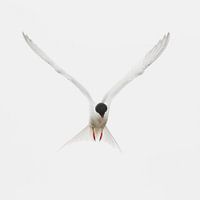 Flying Common ternAnne Ponsen
Flying Common ternAnne Ponsen Tail of a humpbackAnne Ponsen
Tail of a humpbackAnne Ponsen Tail of a humpback (whale) with water dropletsAnne Ponsen
Tail of a humpback (whale) with water dropletsAnne Ponsen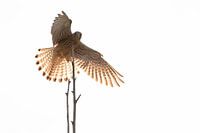 Kestrel lands on a stickAnne Ponsen
Kestrel lands on a stickAnne Ponsen Geothermal field in IcelandAnne Ponsen
Geothermal field in IcelandAnne Ponsen Floating piece of ice in glacial lake Jökulsárlón, IcelandAnne Ponsen
Floating piece of ice in glacial lake Jökulsárlón, IcelandAnne Ponsen Abstract shapes in the white snowAnne Ponsen
Abstract shapes in the white snowAnne Ponsen Dancing curvesAnne Ponsen
Dancing curvesAnne Ponsen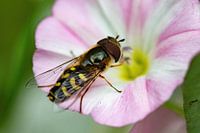 Yellow crescent hoverfly on pink hawkweedAnne Ponsen
Yellow crescent hoverfly on pink hawkweedAnne Ponsen Ceiling of a jewish synagogue in PragueAnne Ponsen
Ceiling of a jewish synagogue in PragueAnne Ponsen Building in CopenhagenAnne Ponsen
Building in CopenhagenAnne Ponsen Sundew with clear dropsAnne Ponsen
Sundew with clear dropsAnne Ponsen Square statue of colored clogs in heart shapeAnne Ponsen
Square statue of colored clogs in heart shapeAnne Ponsen Overgrown entrance of a paper millAnne Ponsen
Overgrown entrance of a paper millAnne Ponsen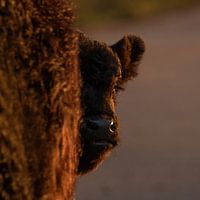 Curious Scottish Highland calf in the golden hourAnne Ponsen
Curious Scottish Highland calf in the golden hourAnne Ponsen Portrait of a kingfisherAnne Ponsen
Portrait of a kingfisherAnne Ponsen Durian durian (durians)Anne Ponsen
Durian durian (durians)Anne Ponsen Residential complex in white and blue tonesAnne Ponsen
Residential complex in white and blue tonesAnne Ponsen Snowdrops in black and whiteAnne Ponsen
Snowdrops in black and whiteAnne Ponsen Flying starlings with a long shutter speed produce an abstract imageAnne Ponsen
Flying starlings with a long shutter speed produce an abstract imageAnne Ponsen
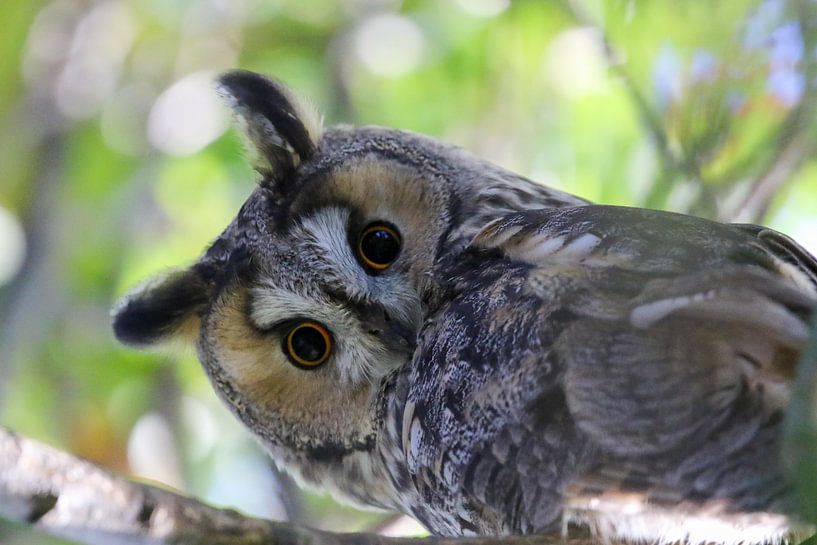


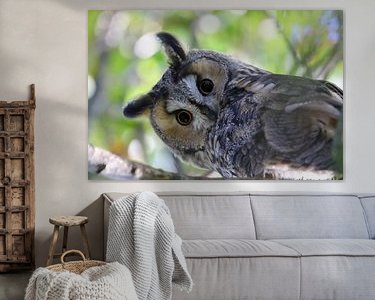








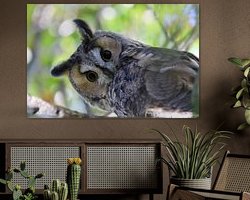
 Birds
Birds Birds of prey
Birds of prey Bokeh
Bokeh Nature photography
Nature photography Owl
Owl Photo wallpaper
Photo wallpaper Photography
Photography Serene Peace
Serene Peace Wildlife photography
Wildlife photography









